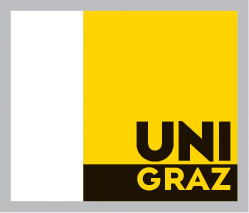All Posters
A new Roma (beta): a rich interface for ODD customization
Raffaele Viglianti
Keywords: ODD, customization, user interfaces
Permalink: https://gams.uni-graz.at/o:tei2019.193
A new Roma (beta): a rich interface for ODD customization
The TEI module for writing or customizing an XML markup language (the “tagdocs” module of chapter 22, “Documentation Elements”), as well as a file defining or customizing an XML language using these elements, is typically referred to as One-Document-Does-it-all or ODD. The procedural nature of these elements makes it possible to develop form-based user interfaces to generate ODD; indeed, the current tool for customizing the TEI schema, Roma (http://roma.tei-c.org), is widely used by the TEI community to generate project-specific schemata. Roma, however, does not fully reflect the possibilities of the ODD subset of elements, and has been afflicted by a number of bugs and issues, many of which remain unresolved and are too complex to be fixed by the TEI Technical Council.
The TEI Technical Council has opted to create a replacement for Roma from scratch, using modern web technologies, expanding the number of features supported, and focusing on user interface. This new version of Roma (beta) is available at https://romabeta.tei-c.org). This effort is led by council member Raffaele Viglianti, who has developed a web application using the popular front-end libraries React and Redux. The full council provides regular feedback on both architectural decisions and the user interface. Just like the current version of Roma, this new version relies on the TEI Stylesheets to perform ODD transformations, including from ODD to XML schema formats. To perform these transformations, Roma (beta) interacts with OxGarage (http://www.tei-c.org/oxgarage/), an on-line service for TEI transformations.
This poster will introduce motivations for developing Roma, describe its architecture, and demo its features. It will also focus on future plans for development, and provide a way of collecting feature requests from attendees at the conference.

